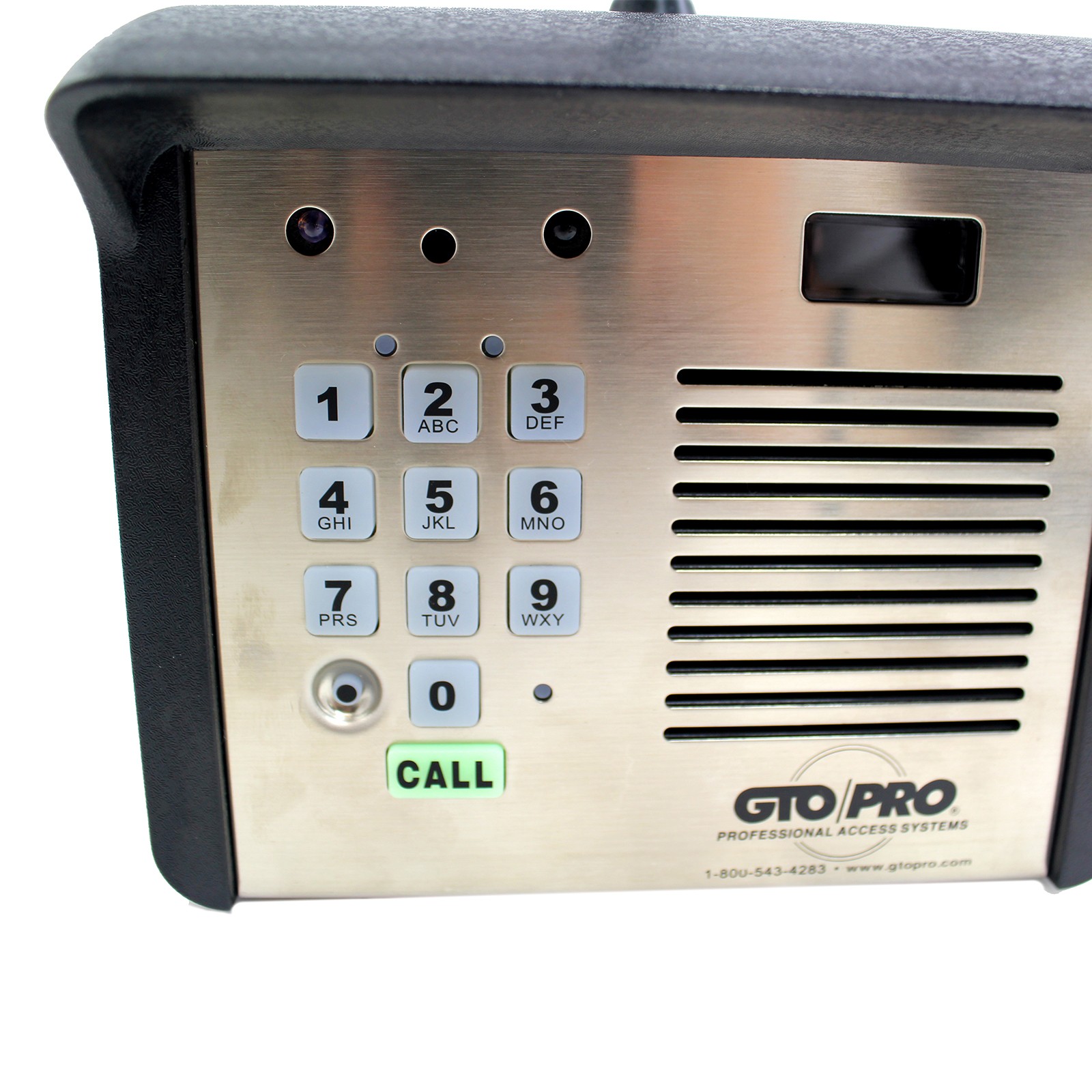
Mounting hardware for magnets - recommended to use wood and screws/boltsĪttach the servo horn to the servo (don't attach the screw in the center), and spin it.Do not use sheet metal - it will disrupt the magnetic alignment. Something to go between the rare earth magnets - I recommend a sheet of plexiglass or vinyl or similar.Rare-earth Magnets (if you're doing a double-swing gate - if it swings one way, you're probably better off with just a spring auto-closer).Pushbutton switch - for opening from the inside - they also sell waterproof ones if you'll be leaving it exposed to the elements.Wood or plastic to make your servo mounts (I used scrap Trex boards - basically plastic wood - but you could use anything).I had to use a 1.5A power supply, but you might be able to get away with a 1A I had a pretty puny usb power supply that wouldn't cut it.


5V power supply - maybe this usb one or a bit higher power one.Plastic box to house your Arduino (or you could drill a hole in the side of your house and place it inside).Plastic enclosure to mount your keypad in - I made mine out of scrap vinyl.Keypad - like this black one - or this membrane one.I used the heaviest gauge wire I could purchase at my local hardware store. Heavy gauge wire to attach the servo to the latch.I recommend a heavy-duty plastic servo horn, so that you can drill the holes out if you need a larger size.You would also need a pack of servo horns - I used some like these.These "waterproof" servos worked well for me and have Futaba-sized heads.I tried using some aviation servos from my neighbor, and they wouldn't work correctly. Make sure you get servos that work with the Arduino libraries.You might be able to get away with just 1 on a smaller gate/door. I have a 6-foot-wide gate, so I used 2 latches with 2 servos. Arduino shield - better than my solution of jamming the wires into the Arduino itself.Needs to have enough pins to accommodate 1 or 2 servos (digital I/O) and your keypad (7 digital I/O for 3x4 aka 12-button keypad).Arduino Uno board (or whatever Arduino board you happen to have).The gate stays locked when the power is off, and the locking mechanism can be moved manually (from the inside) in case of emergency or power outage. There is a hidden button inside the gate that functions to lock/unlock the gate from the inside. The gate stays unlocked until the lock button is pushed. You can use this instructable to secure a gate that only swings inward (or outward) too - the project is actually simpler to perform.Įnd Result: The keypad on the outside of the gate functions to unlock and lock the gate. The locking mechanism should stay unlocked, because we often leave the gate open when working all day in the yard.īackground: We have a double-swing gate, meaning that the gate will swing outward and inward. For more information, go to Figure out a way to lock our double-swing gate from both sides, securing the yard.

WARNING: This product can expose you to chemicals including lead, which is known to the State of California to cause cancer. However, there is no guarantee that interference will not occur in a particular installation. This equipment generates, uses and can radiate radio frequency energy and, if not installed and used in accordance with the instructions, may cause harmful interference to radio communications. These limits are designed to provide reasonable protection against harmful interference in a residential installation. NOTE: This equipment has been tested and found to comply with the limits for a Class B digital device, pursuant to Part 15 of the FCC Rules. WARNING: Changes or modifications to this unit not expressly approved by the party responsible for compliance could void the user’s authority to operate the equipment.


 0 kommentar(er)
0 kommentar(er)
